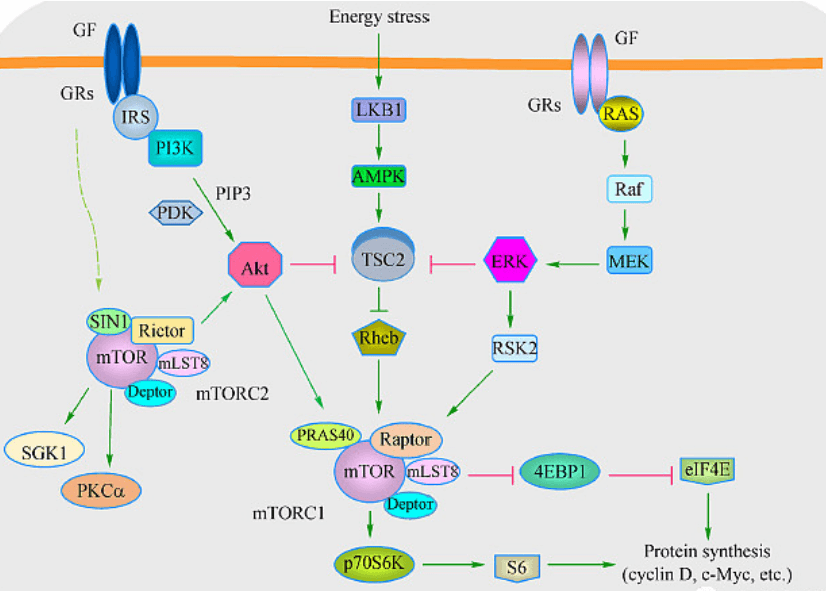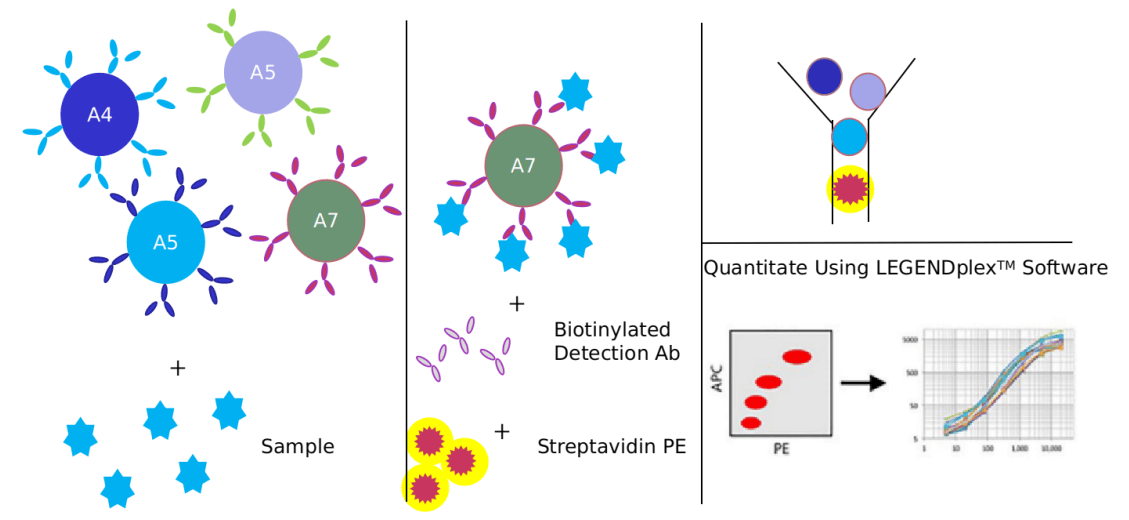PLK signaling pathway
Based on Luminex technology platform, Creative Proteomics provides analysis services for key targets of PLK signaling pathway.
Polo-like Kinases (PLk) are key regulators of the cell cycle and multiple aspects of mitosis. Two agents that inhibit the PLk signaling pathway have shown promising activity in patients with hematologic malignancies and are currently in phase III trials.
 PLk belongs to a family of serinelfhrconine kinase that are highly conservedin organisms from yeast to human. PLk is a key regulator of cell division in enkaryotic cells PLk intolves in the regulation of different processes of mitosis , including mitotic entry , spindle formation anccytokines. Spatial and temporal coordination of PLk activity is needed in agreement with its abroad functionsduring cell division , and this is achieved through its banding to phosphorylated dcking proteins with distincsubcellular localization,Morcover , PLk is also reported to have functions in both G and mitotic DNA damagcheckpoints. PLk is necessary for mitotic entry following recovery from DNA damage . And mitotic cells with DNA damage agents inhibits PLk activity through dephosphorylation of PLk. Recent findings are uncoveringthe mechanisims of PLk regulation , especially its inyolvement in the DNA damage checkpoint. PLk is overexpressed in lots of humarcancers , and overexpressin of PLk promotes neplastic transformation of human cells. PLk has beeridentified as a promising target for the molecular therapy of neoplasia.
PLk belongs to a family of serinelfhrconine kinase that are highly conservedin organisms from yeast to human. PLk is a key regulator of cell division in enkaryotic cells PLk intolves in the regulation of different processes of mitosis , including mitotic entry , spindle formation anccytokines. Spatial and temporal coordination of PLk activity is needed in agreement with its abroad functionsduring cell division , and this is achieved through its banding to phosphorylated dcking proteins with distincsubcellular localization,Morcover , PLk is also reported to have functions in both G and mitotic DNA damagcheckpoints. PLk is necessary for mitotic entry following recovery from DNA damage . And mitotic cells with DNA damage agents inhibits PLk activity through dephosphorylation of PLk. Recent findings are uncoveringthe mechanisims of PLk regulation , especially its inyolvement in the DNA damage checkpoint. PLk is overexpressed in lots of humarcancers , and overexpressin of PLk promotes neplastic transformation of human cells. PLk has beeridentified as a promising target for the molecular therapy of neoplasia.
PLk belongs to the highly conserved Serllhr kinase family. They exist in various eukaryotes from yeast to mammals. The first Polo family member discovered is the Pblo protein in fruit bees, and it was subsequently found to have Protein kinase activity, mutation of Polo protein causes abnormal assembly of the metamitotic spindle. In Drosophila melanogaster, Saccharomyces cerevisiae and Schizosaccharomyces cerevisiae contain only one PLk protein, Polo Cdc5 and Plo31, respectively. Pblo-like kinases in mammals include 4 proteins, Plk1, Plk2, Plk3 and SAK (Plk4), of which Plk1 protein performs Polo Most of the functions of Cdc5 and Plo3'. Therefore, the structure and function of Plk1 are currently receiving great attention.
Our detectable targets:
| MSK2 | SLP76 | p38MAPK | MYD88 | Rac1 | TLR4 |
| Histone-H3 | IRF5 | MEK3 | mTOR | SH2 | TRAF6 |
| ATG16 | WIPi2 | LC3I | PROLC3 | ULK | FIP200 |
| ISGF3 | IRS2 | MSK1 | p65 | Tak1 | TBK1 |
| TRIF | VPS34 | UYRAG | NFκB | RIG-1 | p50 |
| Vav | IRF9 | AMBRA1 | p38 | RIP1 | TRAF5 |
| ATG3 | IRS1 | MEK6 | PKR | ISRE | TRAM |
Technology platform:
We provide Luminex technology for Plk signaling pathway analysis.
Luminex technology is a multifunctional liquid phase analysis platform developed on the basis of colored microspheres, laser technology, applied fluidics and high-speed digital signal processing technology. The core is to encode polypropylene microspheres or magnetic microspheres with fluorescent dyes. By adjusting the different ratios of the two fluorescent dyes, up to 100 microspheres with different fluorescence spectra can be obtained. Antigen-antibody, enzyme-substrate, ligand-receptor binding reactions and nucleic acid hybridization reactions are performed on microspheres with different fluorescence encoding. Qualitative and quantitative analysis by laser detection of microsphere coding and reporter fluorescence separately.
As a crucial part of the cell cycle, the precise regulation of mitosis is precisely and strictly regulated,and along with the exploration in the regulation of mitosis, the understanding of life has deepened gradually as well. Plk is involved in different processes of mitosis.
In addition to Luminex Multiplex Assay, Enzyme-linked immunosorbent assay (ELISA), Flow cytometry (FACS analysis) technology can also be provided to meet other customer needs.
Advantages of PLK signaling pathway detection:
- High sensitivity: The surface area of the microspheres is large, and 100,000 probes can be fixed on each microsphere, which ensures the maximum binding with the target molecules in the sample and improves the detection sensitivity. The lowest detection concentration can reach 0.1pg/mL.
- Strong specificity: Can read the fluorescent signal on a single microsphere, and automatically distinguish between bound and unbound microspheres.
- High accuracy: Without washing, the fluorescence intensity of the reporter molecule on the microsphere is proportional to the bound molecule to be detected. Because the detection range of the Luminex detection platform is large, it does not need to be diluted like ELISA detection, which further reduces errors.

Application of our service:
- To study the effect of each virus on PlK signaling pathway
- To study the regulation mechanism of PlK signal pathway in disease
- To study the effects of drugs or therapies on PlK signaling pathways
Creative Proteomics has developed a signal pathway target detection platform. We are not limited to providing PlK signal path detection services, but can also provide other signal path detection services. If you want to detect other targets, please contact us and we will customize the service for you. Look forward to working with you.
References:
- Petionczki M ,Lenait P ,Peters J M, et al. Pblo on the rise2 from mitotic entry to cytokinesis with Plk. Dev Cell, 2018, 14 (5): 6462659.
- Toyoshime2Morimpto F, Taniguchi E, et al. Plk promotes nuclear translocation of human Cdc25C during prophase. EMBO Rep, 2002, 3(4): 3412348.



